Search results for '10'
-
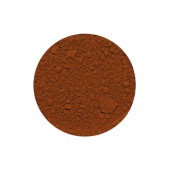
Pozzuoli Red Pigment
Starting at: £5.20
-
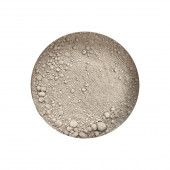
Buff Titanium Pigment
Starting at: £4.75
-
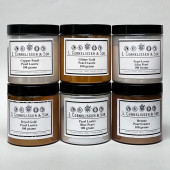
Cornelissen Pearl Lustre Pigments 100g
Starting at: £12.90
-
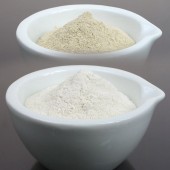
Gum Tragacanth
Starting at: £20.00
Call to Order
-
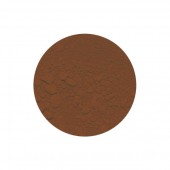
Cadmium Brown Pigment
Starting at: £10.00
-
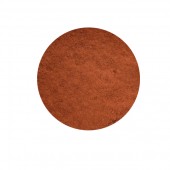
Burnt Green Earth Pigment
Starting at: £8.00
-

Van Dyke Brown Pigment
Starting at: £4.50
-
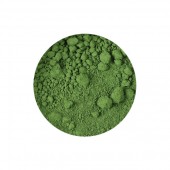
Chromium Oxide Pigment
Starting at: £4.50
-
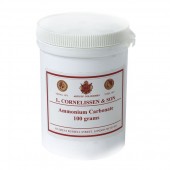
Ammonium Carbonate
Starting at: £9.70
-
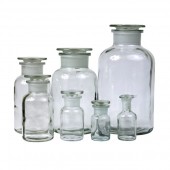
Reagent Jar
Starting at: £6.50
-
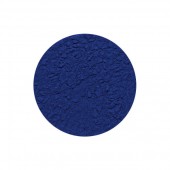
Ultramarine PB29 Pigment
Starting at: £9.10
-

Caput Mortuum Pigment
Starting at: £4.50
-
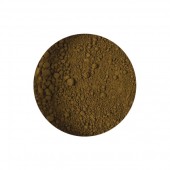
Raw Umber Pigment
Starting at: £4.00
-
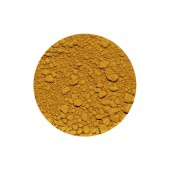
Golden Ochre Pigment
Starting at: £4.50
-

Ultramarine Blue Light Pigment
Starting at: £6.00
-
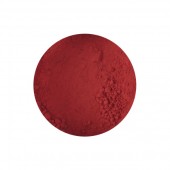
Alizarin Crimson Pigment
Starting at: £4.50
-
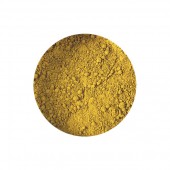
Raw Sienna Pigment
Starting at: £4.00
-
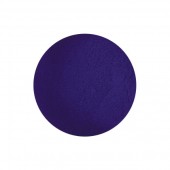
Prussian Blue Pigment
Starting at: £5.20
-

Warm Ochre Pigment
Starting at: £4.95
-
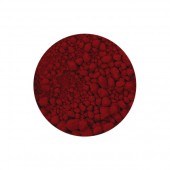
Carmine Red Genuine Pigment
Starting at: £10.00
-
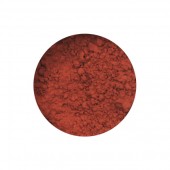
Venetian Red Pigment
Starting at: £4.60
-
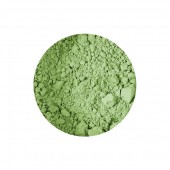
Terre Verte Pigment
Starting at: £4.00
-
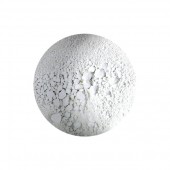
Titanium White Pigment
Starting at: £4.00
-
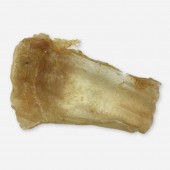
Isinglass
Starting at: £30.10
-
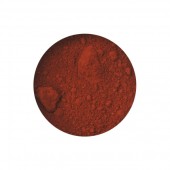
Translucent Orange Oxide Pigment
Starting at: £9.40
-

Cobalt Violet Light Pigment
Starting at: £10.00
-
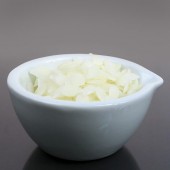
Bleached Beeswax
Starting at: £12.30
-
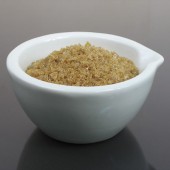
Rabbit Skin Glue
Starting at: £13.00
-

Dragon's Blood Pieces
Starting at: £25.40
-

Precipitate Chalk
Starting at: £6.30





